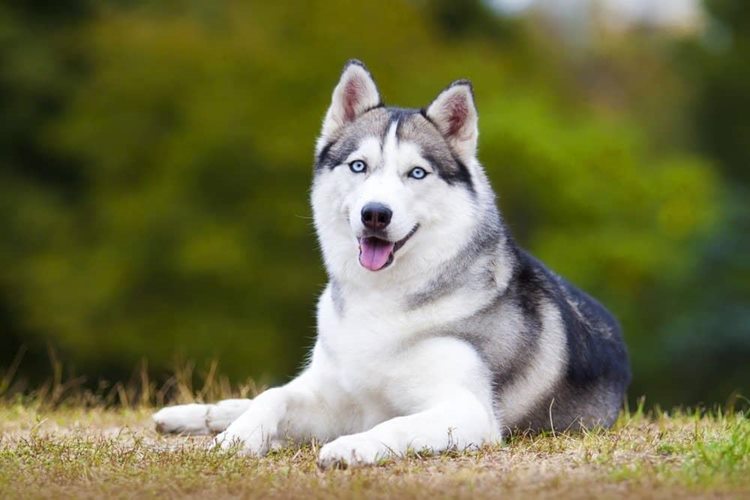List of the Top 10 Hardest Dogs To Train
HARDEST DOGS TO TRAIN – The experts have compiled a list of the ten most challenging dog breeds to train.
Although these breeds are undeniably adorable, they also happen to be among the most challenging dogs to train. Bringing home a cute puppy fills your life with joy, as they shower you with happy licks and enthusiastic tail wagging, forming a deep and lasting bond over time.
Apart from offering them love, affection, and delicious dog food, dog training is of utmost importance. However, with some breeds, especially the hardest to train, the training process demands extra patience and unwavering consistency.

According to Traci Madson, a certified dog expert, and trainer from Pupford, certain dogs naturally take longer to learn. Some dogs are highly motivated to please and easily grasp new behaviors or tricks that lead to rewards, while others may show more indifference. This distinction is influenced by genetics and past learning experiences. For instance, dogs with a history of poor reinforcement can find it challenging to learn new commands or modify their behaviors. Additionally, dogs with low food motivation might prove more difficult to train compared to those who are highly driven by tasty treats. Other factors such as separation anxiety, unique personalities, and age can also affect the ease of training.
Experts in dog behavior have identified some of the hardest dogs to train. It’s essential to note that these dogs are not untrainable; rather, they may require extra attention and specific training techniques compared to the more easily trainable breeds.

1. Beagles are known for being excellent family dogs and are often considered one of the best breeds for kids. However, due to their strong hunting instincts and focus on scents, they can be challenging to train, especially in distracting outdoor environments and off-leash recalls, according to celebrity dog trainer Chrissy Joy. The good news is that they are usually food-driven, which can be leveraged in training using high-value treats to teach them various skills and good manners.

2. The Siberian Husky was bred to be independent, which can make them less responsive to traditional training methods. Additionally, they are prone to barking, digging, and running away if not properly exercised. Their independent and willful nature makes them less receptive to common training techniques, and they are highly intelligent, which can cause them to be socially selective and easily offended. Starting training early and providing plenty of exercise and socialization can help turn them into well-behaved and loving companions.

3. Like Huskies, Malamutes are cold-weather dogs known for their independence. They are not highly motivated by food or toys, and they have a strong prey drive, which may lead them to go after smaller animals. Providing breed-specific enrichment activities, such as pulling skis or sleds, can help fulfill their natural instincts.

4. Jack Russell Terriers were originally bred for fox hunting and have a high prey drive, making them challenging to train. They require lots of exercise and mental stimulation to prevent boredom and destructive behaviors.

5. Doodles, such as Goldendoodles and Bernedoodles, are popular and cute curly-haired dogs, but overbreeding has led to some anxiety and fear-related behavior issues. Starting training and positive socialization early can help address these issues and provide mental exercise alongside physical exercise.

6. Basenjis are calm, independent dogs that don’t bark. Their independent and selective personality can be a challenge, especially in distracting environments. Using positive reinforcement and finding what motivates them can aid in training.

7. Bloodhounds have an exceptional sense of smell and are used in law enforcement. However, their stubbornness and self-reliance can pose training challenges. Persistence, patience, and positive reinforcement can turn them into affectionate and loyal companions.

8. Great Pyrenees are loyal and excellent guard dogs, but their independence makes training difficult. Enrichment and activities related to their original purpose, like scent work and Treibball, can help provide them with suitable outlets.

9. Australian Shepherds are smart but may grow bored quickly and push boundaries. Short and frequent training sessions using food and toys as motivation can be effective.

10. Border Collies are extremely loyal and intelligent dogs with high energy levels. Without a proper outlet for their energy, they may engage in destructive or obsessive behaviors. Giving them plenty of exercise, especially in the form of canine sports, backpacking, and running, can help keep them mentally and physically stimulated during training sessions.
What can you say about this article? Leave your comments and reactions below.
Please like and follow/subscribe:
Philnews YouTube Channel
Philnews.ph FB Page
Viral Facts
